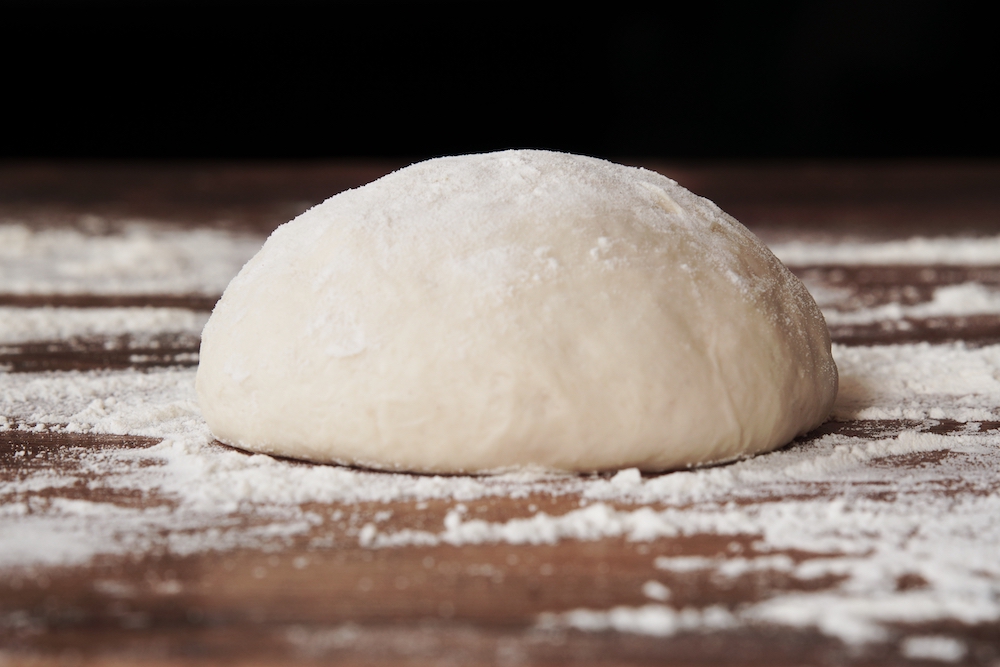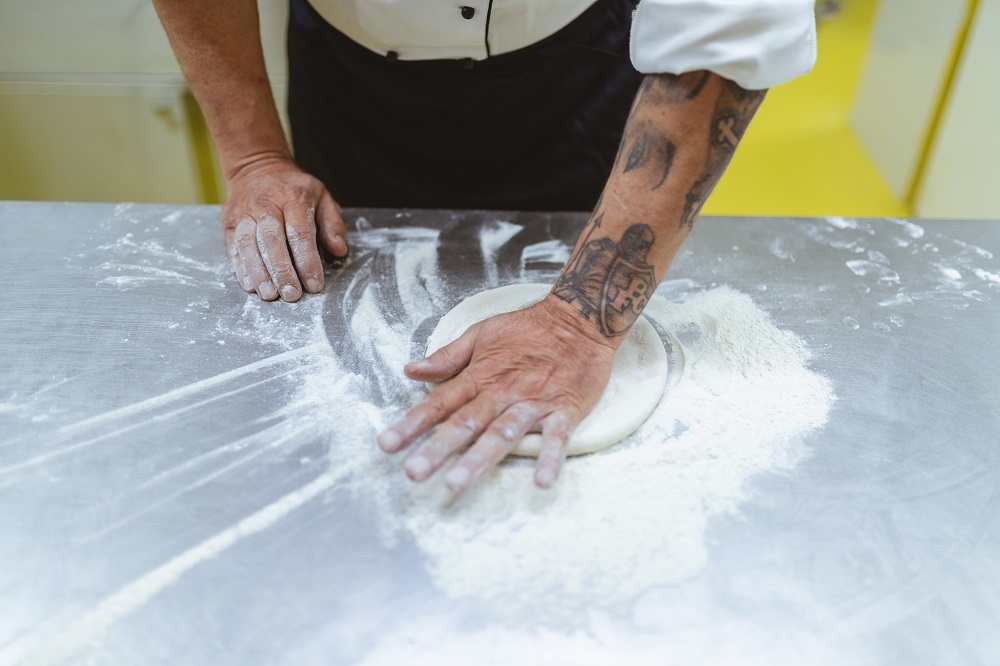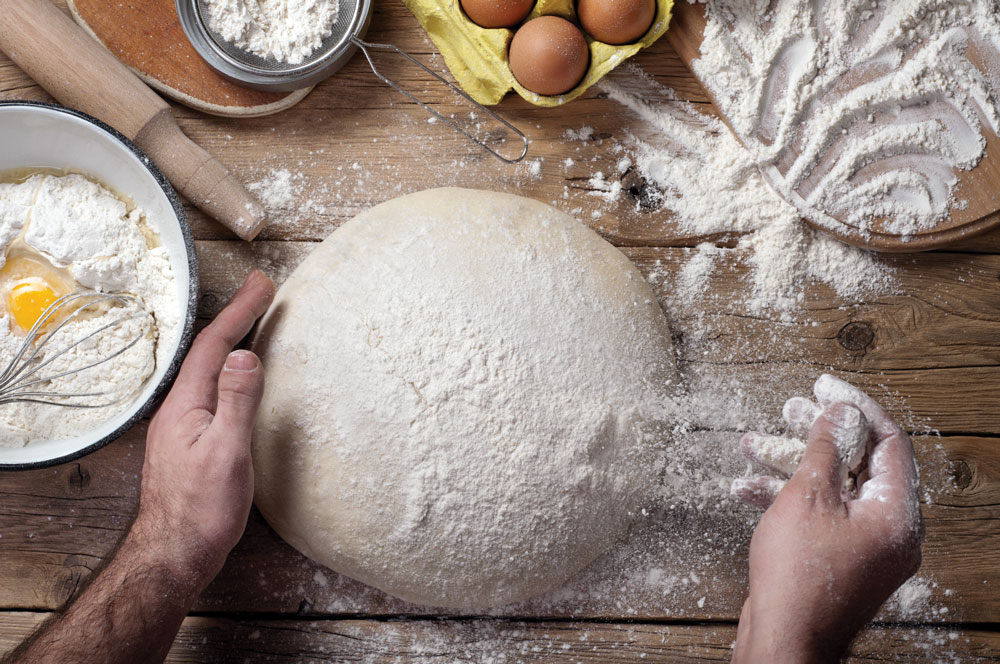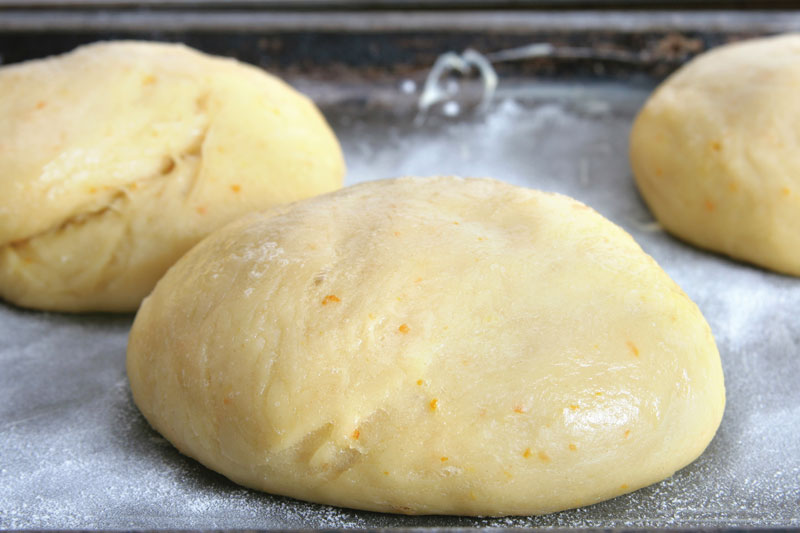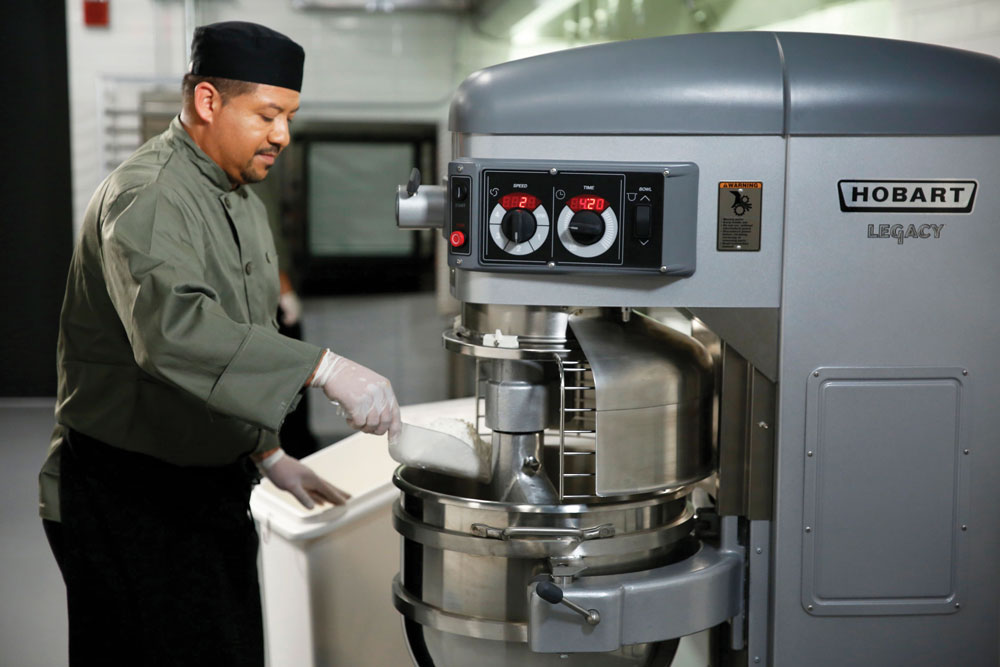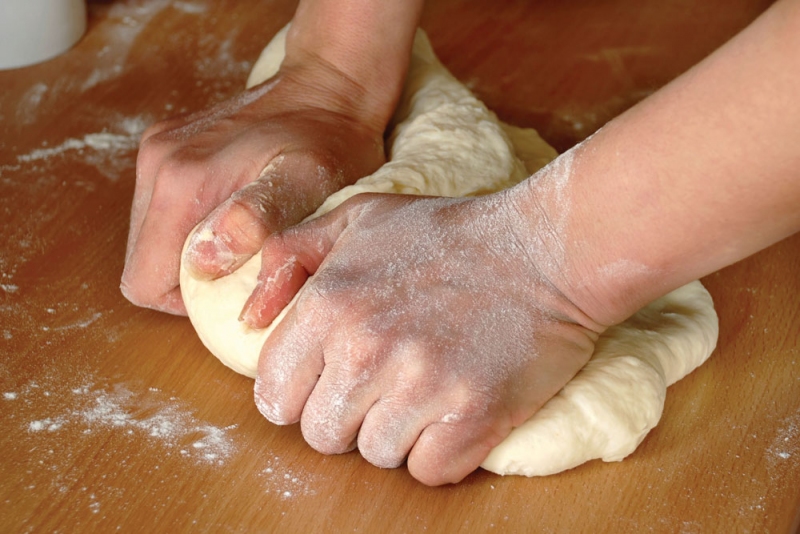Whether you're just starting out in the pizza business or you've had a pizzeria for years, everyone runs into pizza dough problems.
Here we've gathered three common pizza dough questions asked of Tom "The Dough Doctor" Lehmann.
If these don't help with your most recent dilemma, search the PMQ.com article database or let us know in the comments.
What’s the secret to a crispy crust?
The “secret” is just the opposite from what you might think it is: Add more water to the dough formula. This allows the dough to be a little more fluid, and expand more readily during those first few critical minutes in the oven. The greater porosity (less dense) structure of the dough creates a far better thermal block to the heat coming up from the bottom of the pizza than a dense, heavy dough would. As a result, heat does not readily move through the dough and into the sauce, where it is dissipated as steam during the baking process; instead, it builds at the bottom of the dough piece, which gives a more thorough bake and creates a crispier texture in the finished crust. (Read Tom Lehmann's full explanation here.)
Does it really make a difference what type of oil I use when I make my pizza dough?
From a functional point of view, no, but from a flavor point of view in your finished crust, the answer could very well be a resounding yes. Different types of oil can impart different flavor profiles in the finished (baked) crust. For example, olive oil will impart a very characteristic flavor as will butter oil while oils such as canola, palm or corn oil have very little, if any, perceptible impact upon the flavor of the finished crust. Keep in mind that any type of oil will impact the flavor of the finished crust by carrying or retaining other flavors within the crust, but here we’re just talking about the flavor imparted by the fat/oil itself. In a number of Latin American countries we see lard being used as a major source of fat in many products including pizza dough/crust. Lard is no exception; it provides a very unique flavor to the finished crusts. (Read Tom Lehmann's full explanation here.)
Will using Instant Dry Yeast (IDY) versus Active Dry Yeast (ADY) affect my dough at all?
Actually, there is little difference between instant dry yeast, active dry yeast (ADY) or compressed/fresh yeast. For me, it all boils down to convenience. Instant dry yeast (IDY) has a long shelf life (one year or more), so it can be purchased by the case, possibly saving a little money on delivery costs. IDY, like ADY, does not require refrigerated storage, whereas compressed/fresh yeast must be stored continuously under refrigeration. Unlike ADY, IDY does not need to be hydrated in warm water prior to use; in fact, it actually performs better when added dry and blended into the flour before mixing. That’s one less thing that might go wrong in preparing your dough. (Read Tom Lehmann's full explanation here.)




